From Seed to Lawn: Part 1
- Milorganite AgronomistJune 2, 2018
The Adventures of One Homeowner
Experiences and lessons learned from starting a new lawn from seed
I’ve been working in the golf and turf industry for 25 years—more than half my life. Twelve of those years were spent on the golf course, starting out on the grounds crew and working my way up to an assistant golf course superintendent. I was fortunate enough to work on a course that hosted a PGA tour event. During my years on the golf course, I was also going to school for my bachelor’s degree in agronomy and turfgrass science, which later opened the door to my current position at Milorganite for the past 13 years. As an agronomist, I study soil management, turf, irrigation, and the proper use of herbicides, pesticides, and fertilizers.

I’m a self-proclaimed turf nerd. I was excited to have the opportunity to start a lawn from seed at my new house! I’ve done plenty of overseeding on golf courses and on my previous lawn, but I had never grown in an entire lawn from scratch. My husband and new neighbors thought I was completely insane. Was I just a tad too excited about the process?
I know turf. I understood the entire process and how I wanted to start my lawn from seed. I did my research and decided on the seed and fertilizer I wanted to use.
But what we weren’t prepared for was how much it was going to cost. We had no idea topsoil was so expensive and didn’t realize how much of it we needed to get the job done. Watering was another unexpected adventure.
From seed to Lawn: The Adventures of One Homeowner, is a series of videos and blog posts about my experiences installing a new lawn from seed. I’m going to be candid in sharing my experiences, both good and bad. That’s just me.
My husband, Matt, and I, along with our three boys and two dogs, built a new house for the first time in 2017. The property is just under an acre in a new subdivision on a small lake in Southeastern Wisconsin. This is the beginning of my story.
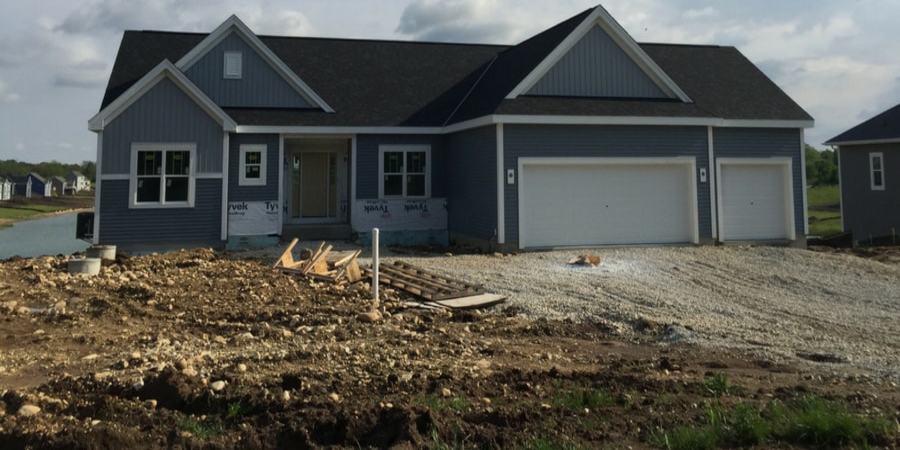
Do your research! Establish a realistic budget for installing your new lawn.
We thought, since we were starting our lawn from seed and not sod, it wasn’t going to cost nearly as much. Right?
We were completely foolish and naïve (possibly stupid?) when we budgeted to install our lawn. I had a rough idea of the cost of seed, fertilizer, and labor.
I thought what we had budgeted would be more than enough. We weren’t prepared for the price tag attached to the truck-loads of topsoil needed for the final grading of an acre of land. We spent about double our budget to install the lawn from seed.
So much for savings.
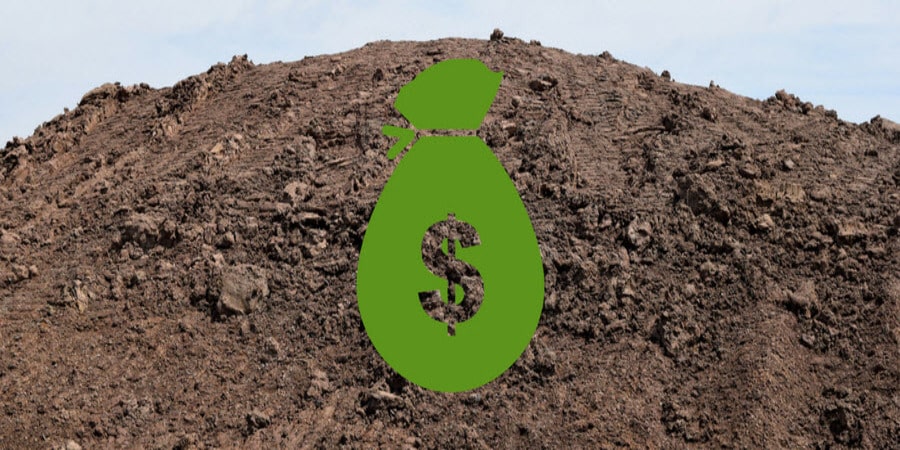
Knowing what we know now, we would have budgeted more—a lot more. Technically it was a savings compared to sod. Had we decided to go that route, in our area, it would have cost about .37 cents per square foot. For the average American lawn, which is slightly less than a quarter acre, that’s about $4,000. Averages obviously vary across the county.
There are several expenses to consider when establishing your budget to install a new lawn:
- Amount of topsoil needed for the final grade
- Landscape contractor
- Labor
- Seed or sod
- Fertilizer
- Irrigation for the first several weeks
- Hidden expenses
The cost of material for rough grading was included in the cost of building our home.
In our case, the hidden expense was putting in the driveway. We were hoping to put off that expense until spring but decided to do it prior to installing our lawn to avoid having to raise the grade of the soil to match the drive after the lawn was already established.
Fall is the perfect time to install a new lawn in the North.
The best time to install a new lawn depends on the area of the country you live and the grass species. We moved into our house in July 2017. I was eager to get the new lawn in, but I impatiently waited until early fall when the weather was most conducive. Waiting drove me crazy!
In the North, the best time to start a new lawn is late-summer through early-fall, when daytime and soil temperatures are still warm and cool nights help the grass establish. There’s also less competition with weeds in the fall. The goal is for the new lawn to mature enough to survive winter. Early spring is the next best time to start a new lawn, but the cool soil may inhibit germination and the fledging seedlings will be competing with weeds.
The optimal time to start a new lawn in the South or the transition region between North and South varies. In some areas of Florida, for example, seeding can be done year-round, especially spring and summer when grass is actively growing and there’s plenty of rain.
The best time of year to establish a new lawn varies by the grass species and area of the country. My advice, as always, is to check with your local university extension office to determine the best time to seed in your area.
Rough Grade
Rough grading sculpts your yard into the contours that best accommodate your vision and what’s appropriate for the property, as well as to ensure water runs away from your house. The material used is generally what remains after excavation and, if necessary, new, rubble-like material is brought in.
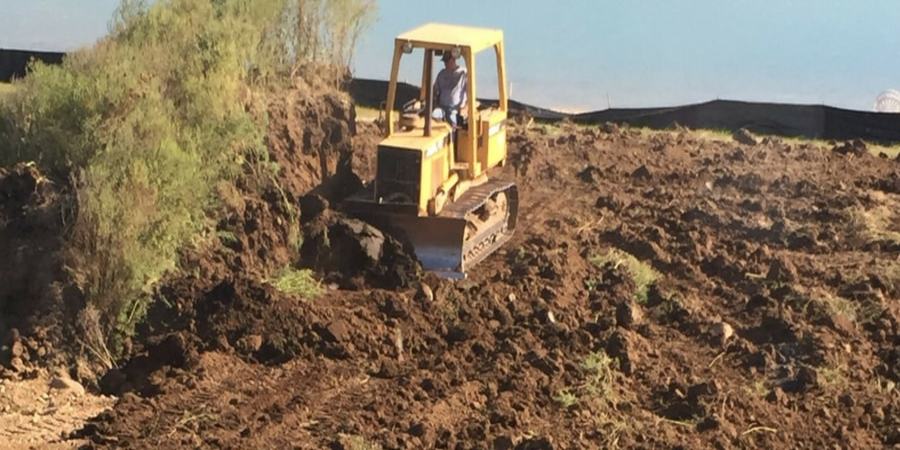
My kids enjoyed playing on the mounds of rough-grade material excavated while building the house. Personally, I was tired of waiting. After repeatedly coaxing the contractor to finish grading the property, it was finally completed in mid-September. There’s a fine line between coaxing a contractor and ticking them off. Possibly out of spite, the additional material brought in for rough grading included a chimney—mostly intact.
Our contractor’s last responsibility in the yard was to do the rough grade before turning over the project to the landscaper. Our landscaper added quality topsoil and did the final grade.
Selecting how you want to install your new lawn: seed vs. sod
We installed our lawn by seed because, agronomically, it’s the best option. The root system of a seeded lawn is better than sod. Although there are other methods to installing a new lawn, the two primary methods are seed and sod. Every method has pros and cons.
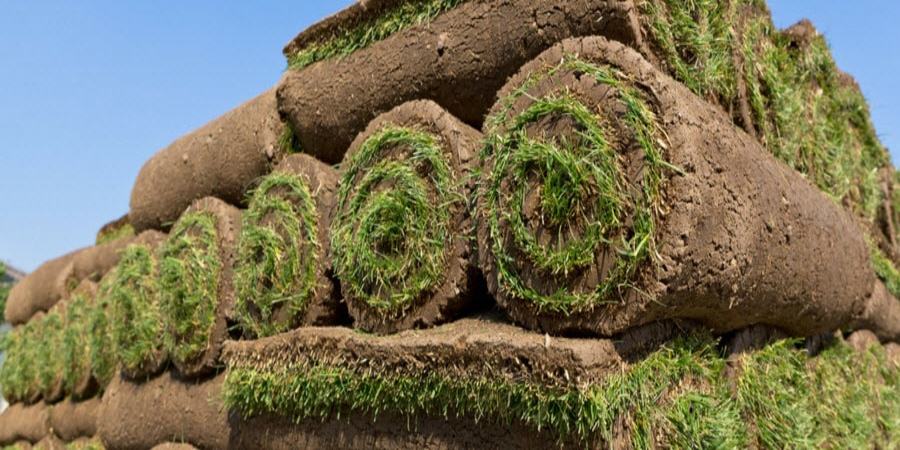
Sod
Cost
- Roughly $1.30 per sq ft, installed, in my area.
Pros
- An instant lawn that quickly establishes.
- Immediate use of your lawn.
- Minimizes issues with mud.
- Flexibility in timing. Can be installed almost any time of year, depending on your area.
- Limited weeds.
- High-maintenance for only a short time.
Cons
- Most expensive.
- Labor intensive.
- May not be available in the grass species best suited for your property.
- Should be installed within 24–48 hours after being cut.
- Sod is transplanted and the conditions where it was grown are likely very different than those in your yard.
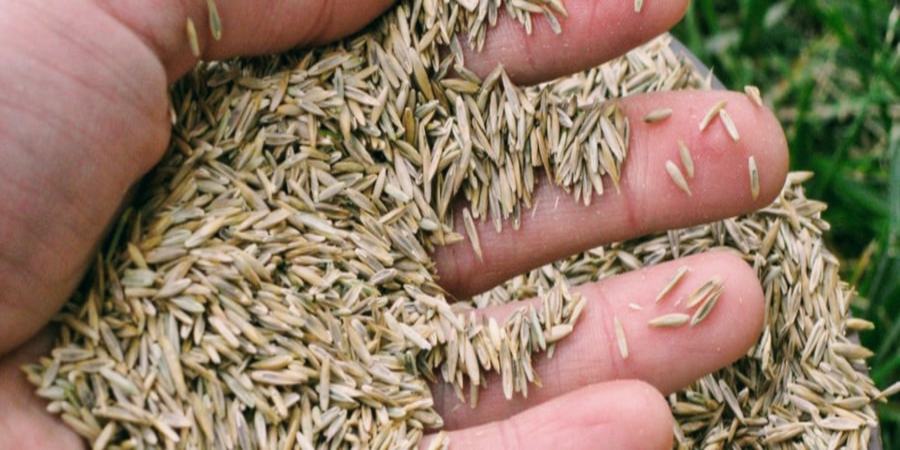
Seed
Cost
- Approximately $0.25 per square foot installed, in my area.
Pros
- Deeper root system.
- Least expensive.
- Easy to install.
- A wider range of grass-species options available.
- Seeded lawns grow in place.
Cons
- Greater chance of weeds while the lawn is establishing.
- Limited planting season in colder climates.
- Can take weeks to germinate depending on the grass species and weather conditions.
- High maintenance for the first four to six weeks.
- More sensitive to weather variations.
- Grass seed may contain weed seeds.
- Seedlings may have to compete with weeds.
- May take a year or two to be fully established.
Self-acclaimed turf nerd or not, I learned more lessons in establishing a new lawn from seed than I ever expected. Set a realistic budget based on your needs, expectations, and how much you’re willing to invest. I can’t emphasize this enough. Check out my video below reviewing part 1.
Part 1 - Budget, Timing, Rough Grade, Seed vs Sod
Part 2 - Final Grade, Topsoil, Seeding, Fertilizing, Watering
Part 3 - Dog spot, Disease, Overseeding, Weeds, Settling

